7 Decades, 15 Prime Ministers: Who Were the UK Leaders Who Headed Up ‘Her Majesty’s Government’?
01:40 GMT 09.09.2022 (Updated: 15:21 GMT 28.05.2023)
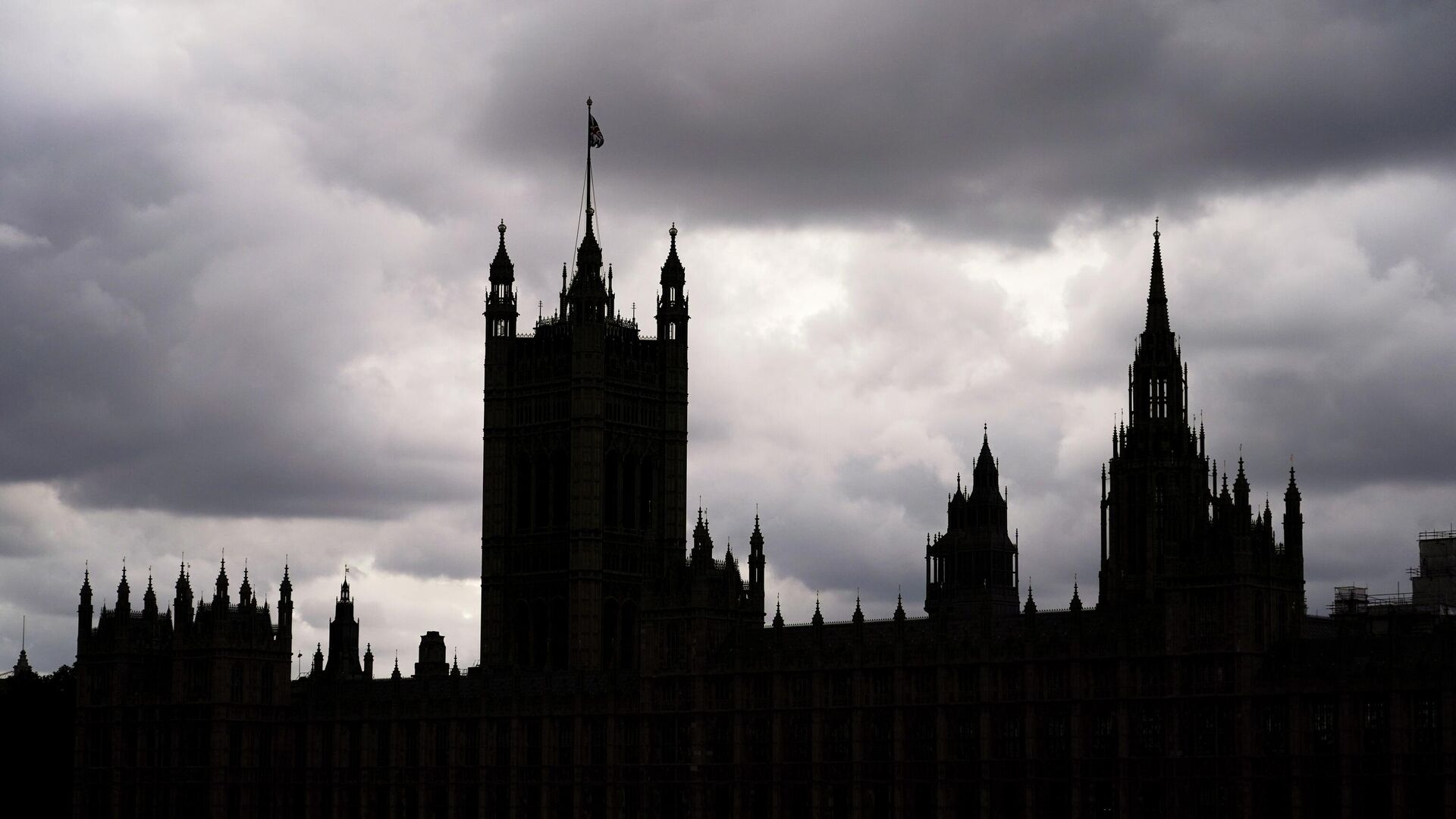
© AP Photo / Alberto Pezzali
Subscribe
With the death of Queen Elizabeth II on Thursday, the reign of one of Britain's longest-reigning monarchs has come to an end. Her tenure as the United Kingdom’s constitutional head of state spanned over 70 years, with 15 different prime ministers handling the country’s political affairs. Here’s a look back at each of them:
Winston Churchill (1940-1945, 1951-1955)
Arguably Britain’s best-known prime minister, Winston Churchill held the position when Elizabeth’s father, King George VI, died. Churchill is credited in much of the West with helping marshal European support to open up a second front against the Nazis in World War II.

FILE - In this March 22, 1950 file photo, Britain's Princess Elizabeth shakes hands with Winston Churchill, former British Prime Minister, at a dinner to mark the launching of the Lord Mayor's National Thanksgiving Fund in London,. In background are Prime Minister Clement Attlee and his wife Violet.
© AP Photo
But in the rest of the world, his legacy is more complicated. His refusal to send much-needed shipments of wheat to India seriously exacerbated the Bengali famine, which claimed the lives of up to three million Indians. Churchill privately conceded: “I hate Indians. They are a beastly people with a beastly religion...They [Bengalis] breed like rabbits.”
Anthony Eden (1955-1957)
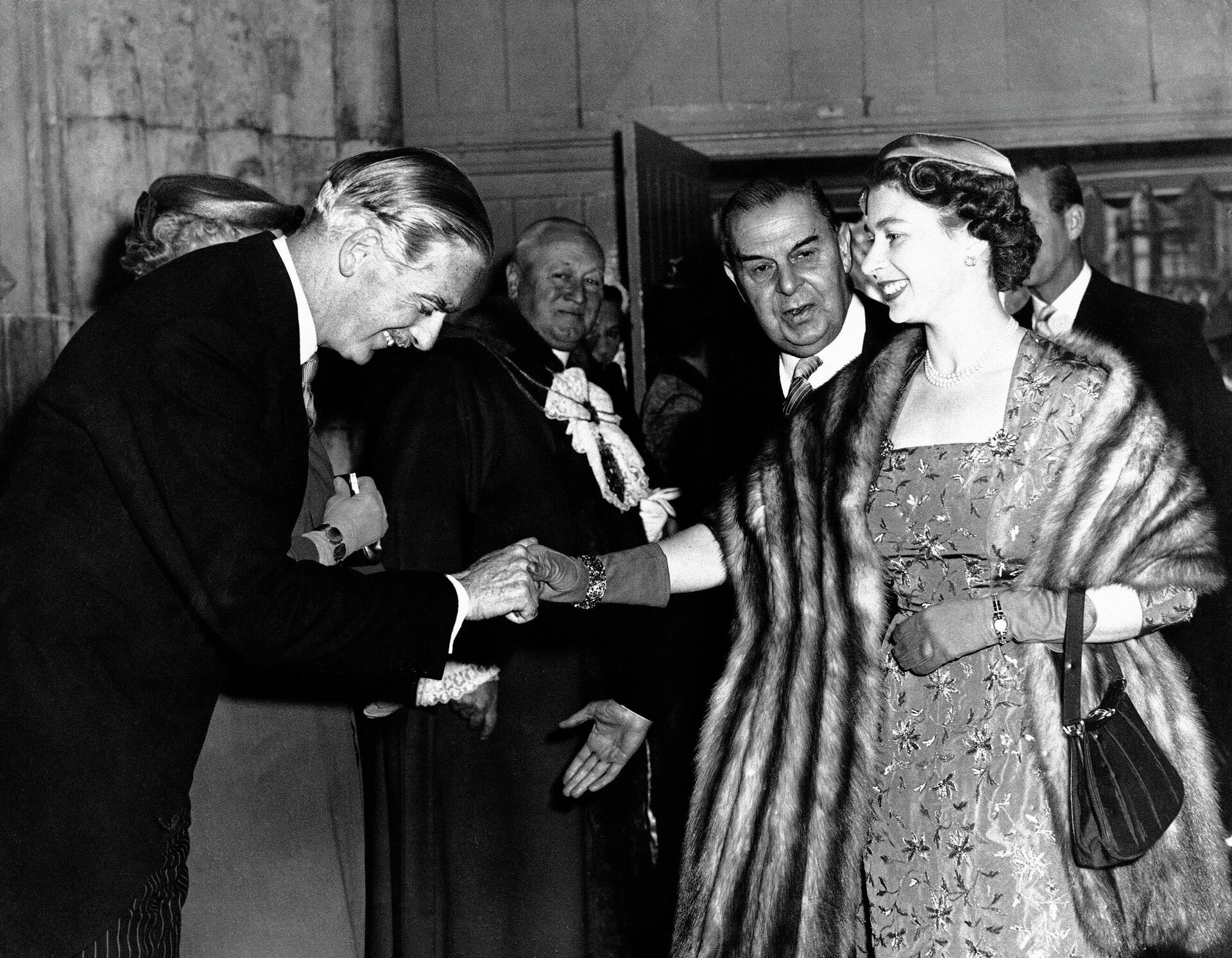
FILE - Britain's Prime Minister Anthony Eden, left, fresh from his victory over the Labor Party opposition in the British "frogman" incident, smiles and bows as he welcomes Queen Elizabeth II on her arrival at London's Guildhall on May 15, 1956.
© AP Photo
Eden is best known for presiding over the Suez Crisis, during which the British and French supported the Israeli invasion of Egypt and quickly added their own forces to the colonial-style conquest. The episode is now widely regarded as signaling the end of the British empire’s influence over Middle East affairs.
Harold MacMillan (1957-1963)
A protege of Winston Churchill, MacMillan became prime minister following the resignation of Anthony Eden in 1957 over his mishandling of the Suez Crisis. MacMillan oversaw the British withdrawal from Africa and worked to cement the so-called “special relationship” between the US and the UK following the debacle in the Middle East.
His 'wind of change' speech to the South African parliament in 1960 symbolized Britain’s recognition of the legitimacy of the emerging African nationalist movement.
Alec Douglas-Home (1963-1964)
Aristocrat Alec Douglas-Home signed the Partial Nuclear Test Ban Treaty in August 1963 and oversaw the decolonization process in Africa agreed to by his predecessor. He quarreled with then-US President Lyndon Johnson but had better relations with John F. Kennedy, and paid an emotional tribute to the slain US president immediately following his assassination.

FILE - Britain's Queen Elizabeth II, centre right and Prime Minister Margaret Thatcher, centre left pose with former British premiers at a dinner at London's 10 Downing Street, Dec. 4, 1985, to celebrate the 250th anniversary of the British prime minister's London residence. From left, James Callaghan, Alec Douglas-Home, Harold Macmillan, Harold Wilson and Edward Heath.
© AP Photo
At the time, he recalled Kennedy as “a man of peace, and a man with a deep religious faith which was dedicated to healing the divisions of men… a man who was determined that this course of war should never scourge mankind again.”
Harold Wilson (1964-1970, 1974-1976)
Harold Wilson had a distinctive approach to the question of socialism, describing the concept – as ‘he understood it’ – to mean “to apply a sense of purpose to our national life: economic purpose, social purpose, moral purpose.”
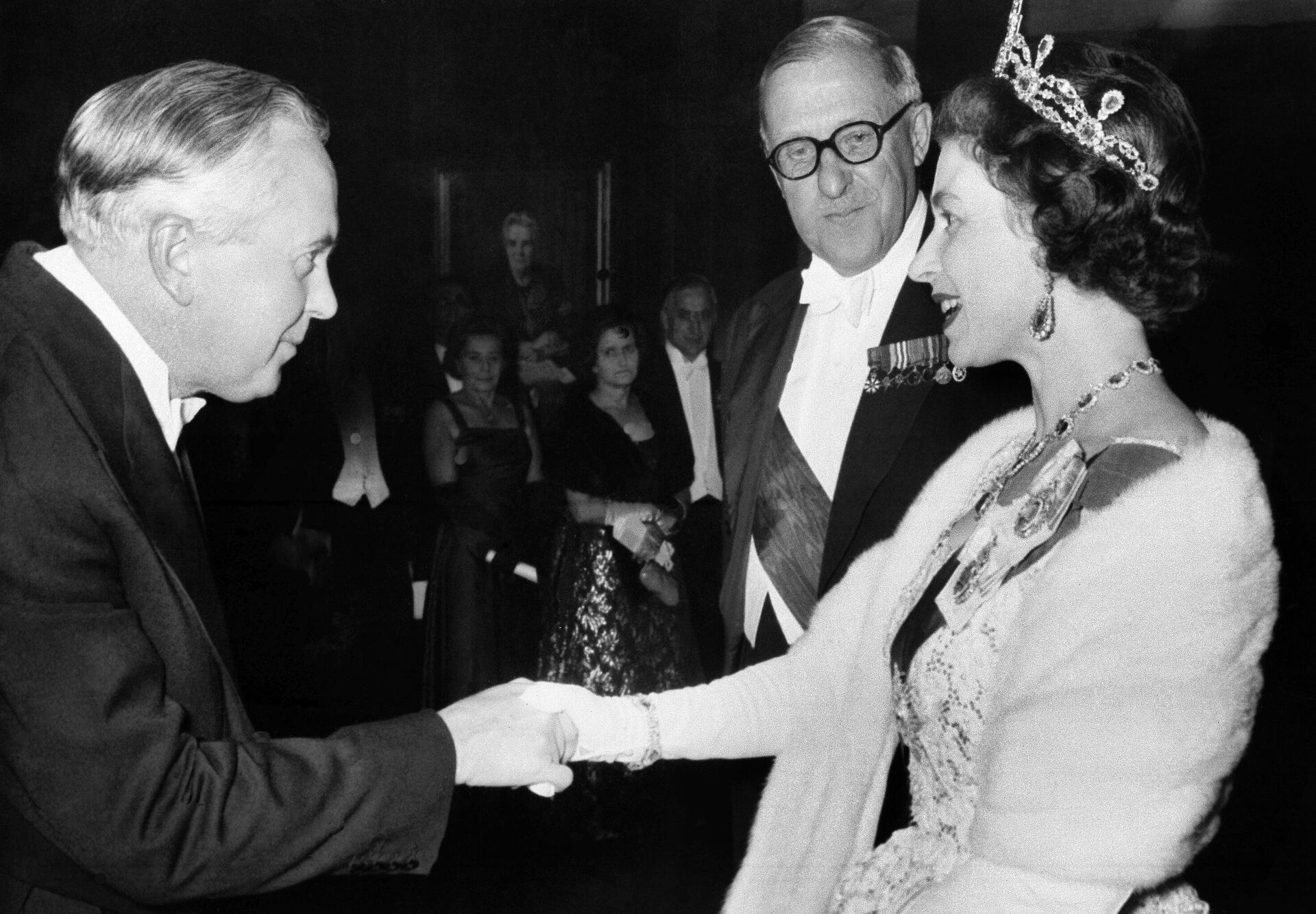
FILE - British Queen Elizabeth greets Prime Minister Harold Wilson at a reception in County Hall, Westminster, London on Nov. 11, 1964.
© AP Photo
He once reportedly joked he was "running a Bolshevik Revolution with a Tsarist Shadow Cabinet” but ultimately governed more as a traditional centrist despite overseeing progressive reforms to social security, civil liberties, housing, health, education, and workers’ rights in the UK.
Edward Heath (1970-1974)
Heath’s efforts at deregulation were met with fierce resistance from British workers. He ultimately resigned in the wake of the government's disastrous response to the Miners’ Strike of 1974.
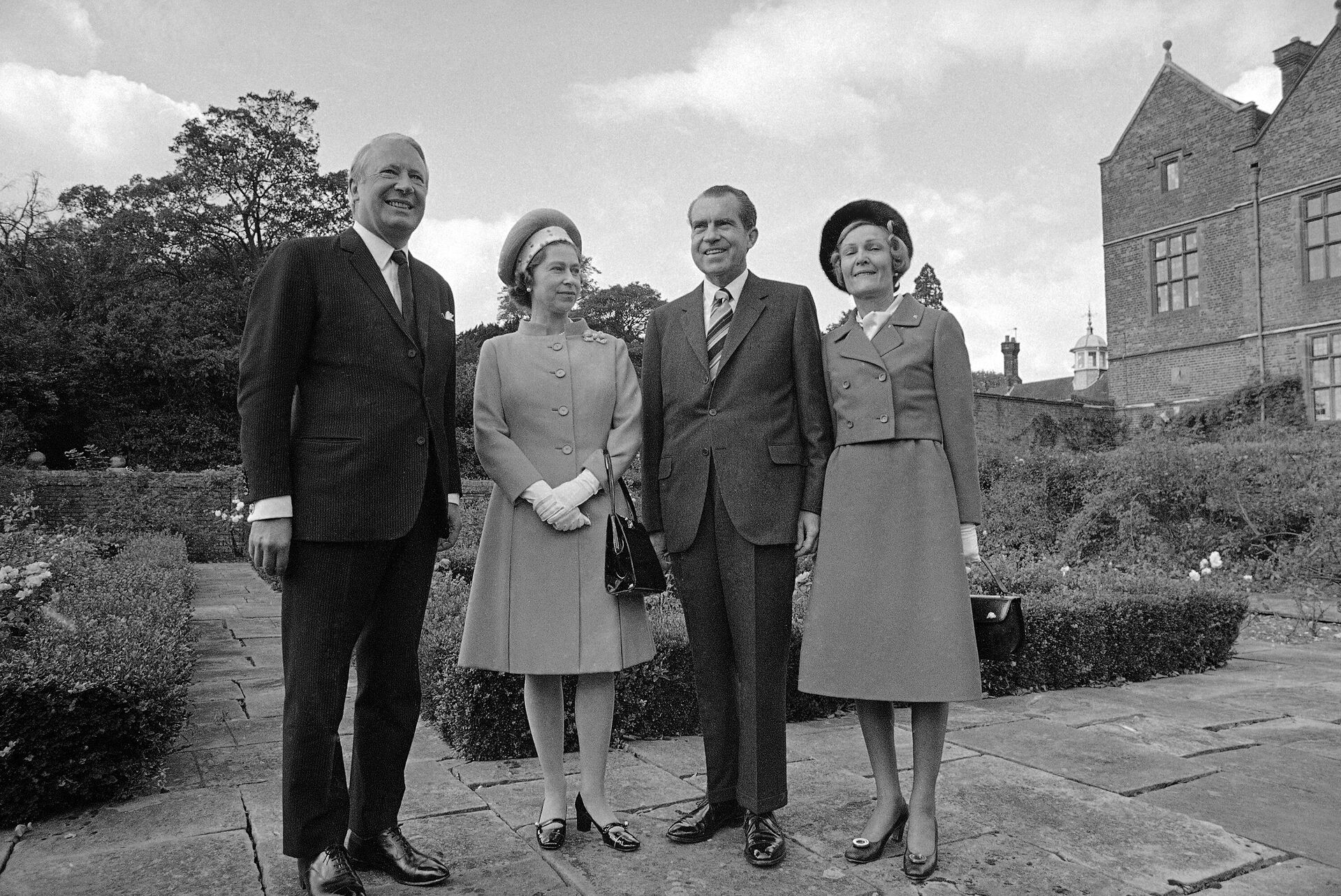
Queen Elizabeth II and British Prime Minister Edward Heath stand with United States President Richard Nixon and Mrs. Nixon, right, on the terrace at Chequers, United Kingdom, the Prime Minister's official country residence on Oct. 3, 1970, before lunching there. The Nixon's were on a flying visit to England as part of the President's European tour.
© AP Photo / Henry Burroughs
His imposition of the “Three Day Week,” in which British businesses were forced to reduce hours of operation to just three days a week, led to massive small business shutdowns and marked British politics for decades.
James Callaghan (1976-1979)
Known as ‘Sunny Jim’ or ‘Big Jim,’ working-class James Callaghan famously responded to the news that he was named prime minister by muttering: “...and I haven't even got a degree!”
Callaghan rose to prominence as the foreign secretary under Harold Wilson and was the only person ever to have held all four top positions in the British government – and the only trade unionist to ever land the top job on Downing Street. Callaghan was hamstrung by brutal inflation, and his ensuing policy of ‘pay restraint’ led to strikes by trade unions and the infamous Winter of Discontent, culminating in his party’s resounding 1979 defeat at the polls.
Margaret Thatcher (1979-1990)
Known to much of the US and England as “the Iron Lady” who supposedly helped bring the Soviet Union to its knees, Margaret Thatcher has a decidedly different reputation among many other populations – even within the UK.
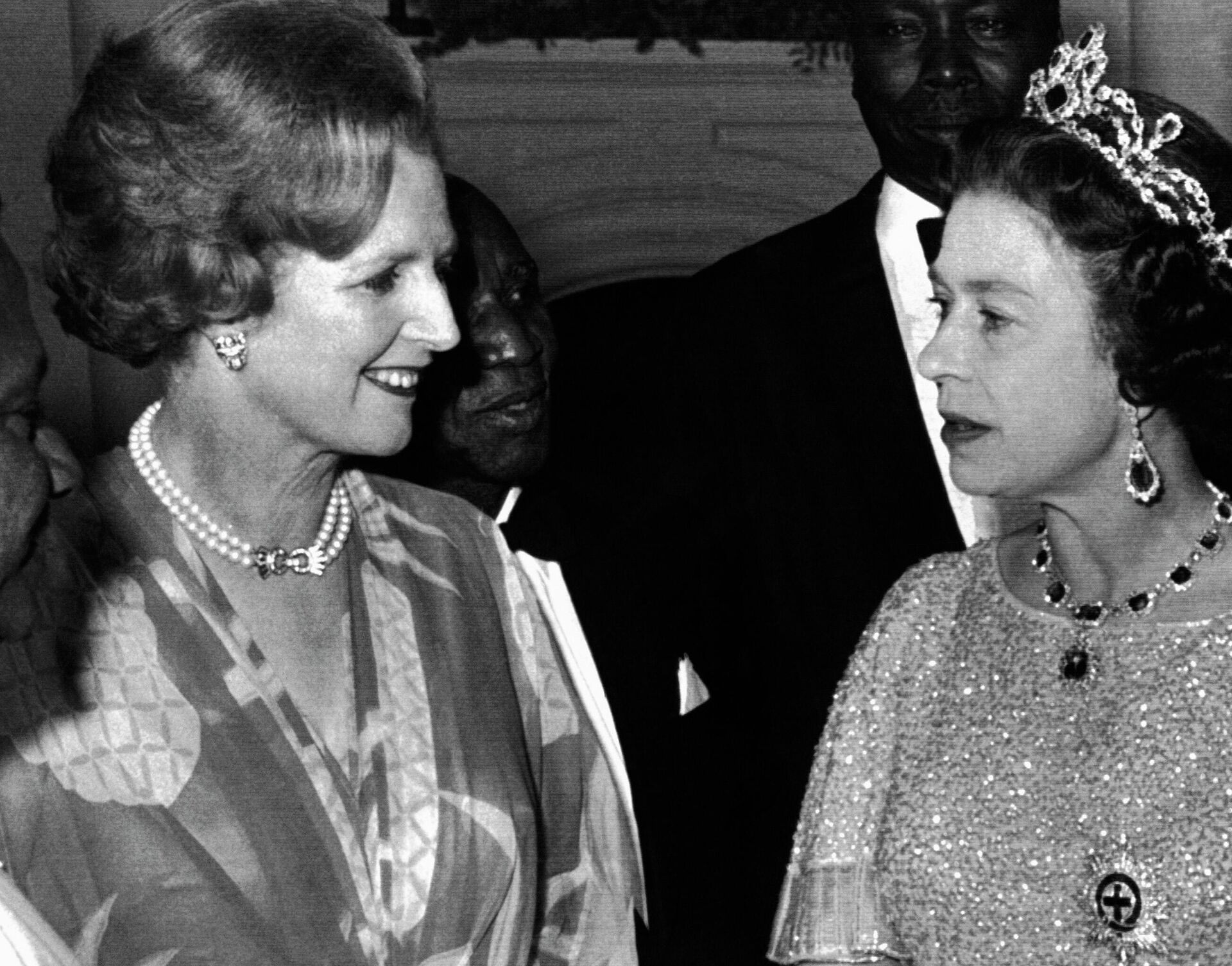
FILE - Britain's Queen Elizabeth II talks with British Prime Minister, Margaret Thatcher, at a reception for the 39 heads of delegations attending the Commonwealth Conference in Lusaka, Zambia, Aug. 1, 1979.
© AP Photo
And it’s not just her supposedly icy relations with the Queen: in Ireland, she reportedly ignored evidence the British government was colluding with loyalist paramilitaries implicated in a number of terrorist acts; in Scotland, Thatcher is heavily associated with the decline of the steel and coal industry.
Telling Channel 4 News that she’d done “not a bit” of good during her time as prime minister, one woman’s description of her loathing for Thatcher amid her funeral in 2013 quickly went viral on social media: “I’d put a stake through her heart and garlic ‘round her neck to make sure she never comes back.”
i feel like this is a good time to remind everyone of this little old scottish lady who was interviewed when margaret thatcher died
— 🎀 bimbo supremacist 🎀 (@insanewomenfan) September 8, 2022
"i'd put a stake through her heart and garlic 'round her neck to make sure she never comes back" pic.twitter.com/3EhWlWdsAp
John Major (1990-1997)
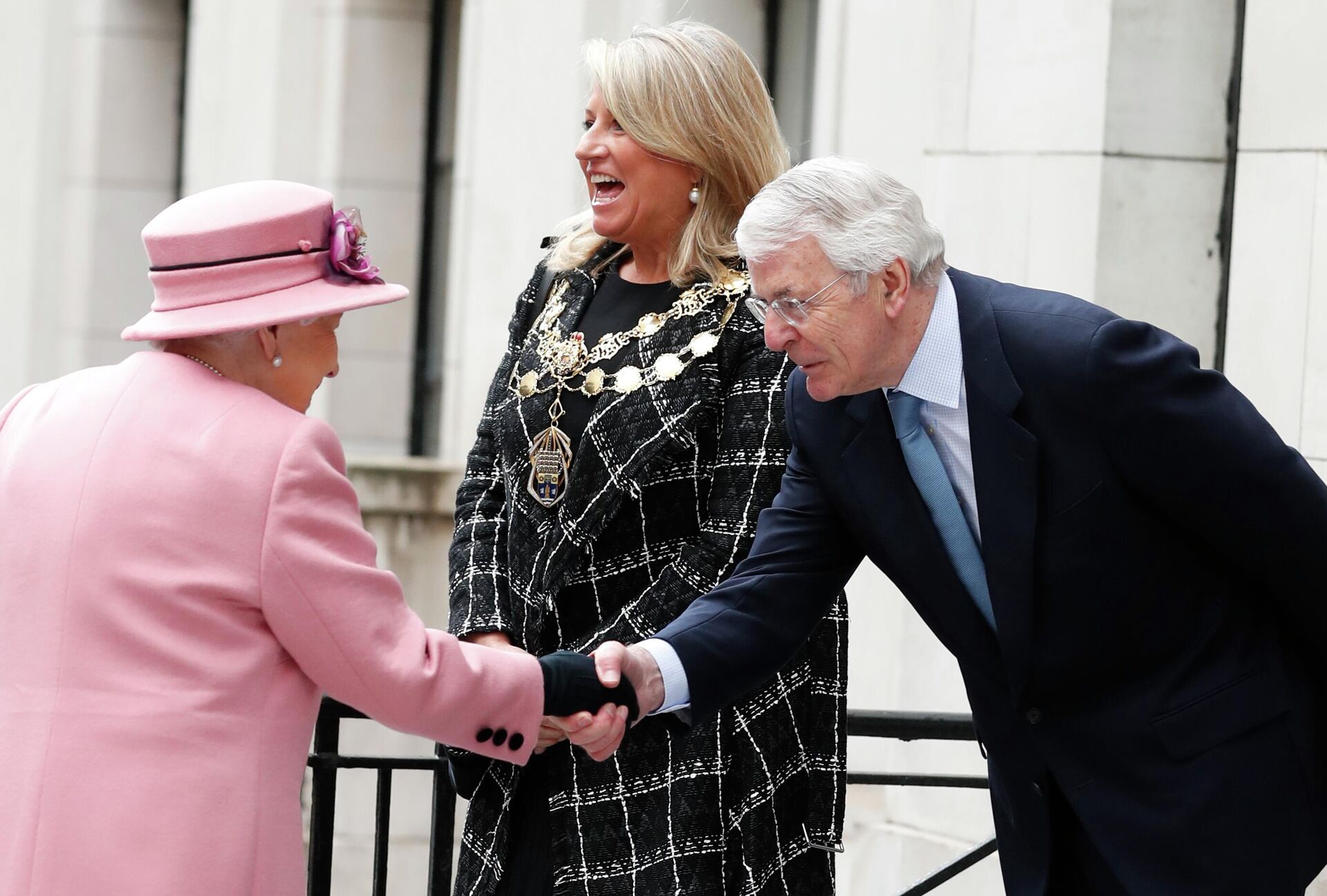
Britain's Queen Elizabeth II is greeted by former British Prime Minister John Major at Kings College in London, Tuesday, March 19, 2019. The Queen and Kate Duchess of Cambridge, will visit King's College London, Tuesday, to open Bush House, the latest education and learning facilities on the Strand Campus.
© AP Photo / Alastair Grant
John Major represented a continuation of Conservative governance in the UK, and took Thatcher’s place following a challenge to her leadership. Major reportedly cherished his “cathartic” discussions with the now-deceased Queen of England as he carried out such difficult work as privatizing Britain’s railways and coal industry.
Tony Blair (1997-2007)
Tony Blair rode to power under the banner of a “New Labour” party, and his tenure as UK prime minister and head of the Labour Party saw extensive efforts to expunge supposed socialist tendencies from his colleagues.
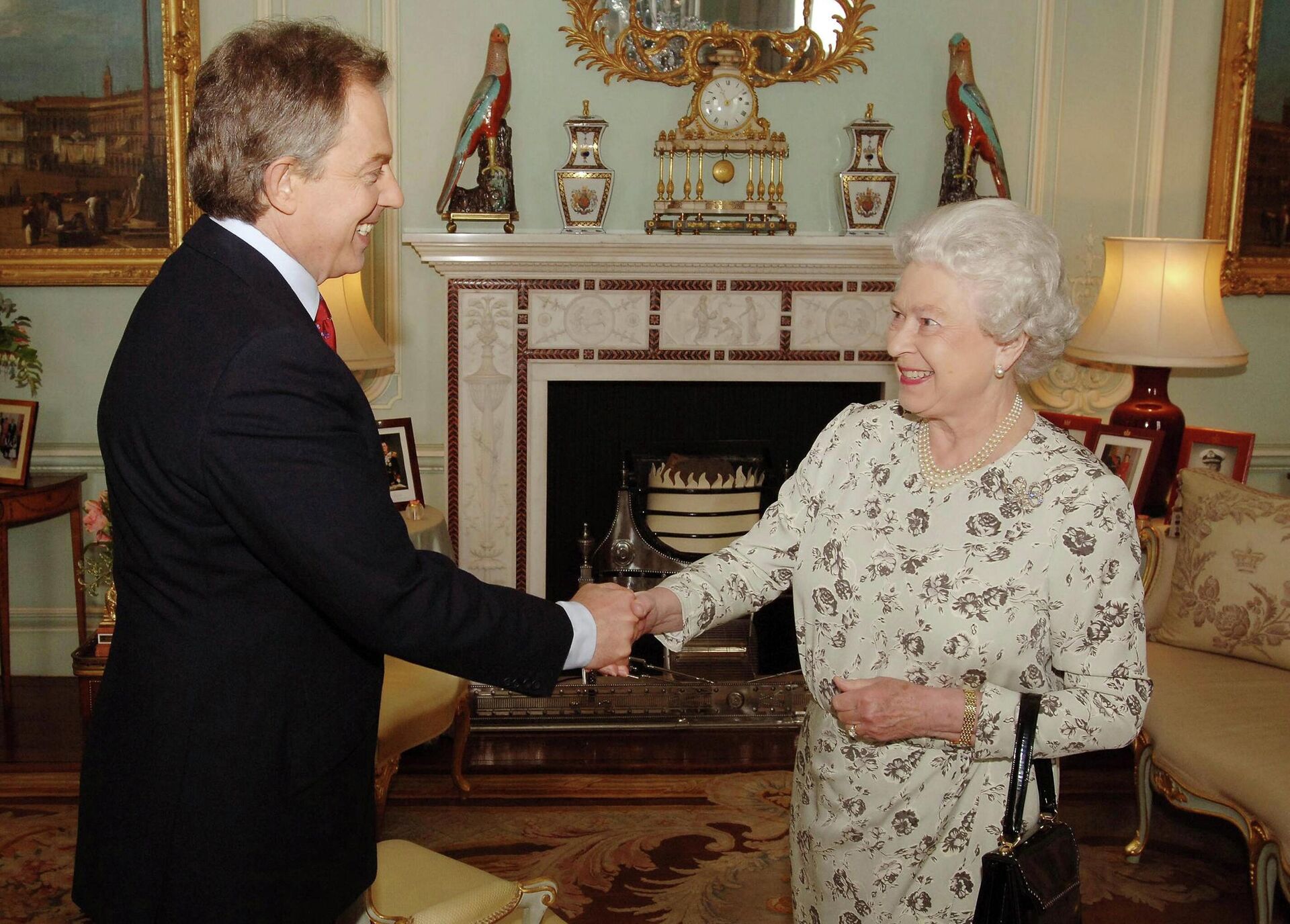
FILE - Britain's Queen Elizabeth II receives the leader of the Labour Party, Tony Blair Friday May 6, 2005, at Buckingham Palace after the Labour Party won a historic third term in office - but with a reduced majority. In seven decades on the throne, Queen Elizabeth II saw 15 British prime ministers come and go, from Winston Churchill to Margaret Thatcher to Boris Johnson to Liz Truss.
© John Stillwell
He is now remembered for his deference to the US in committing British forces to the deadly invasion of Iraq, which ultimately saw millions of civilians perish both during and after the Bush administration’s efforts to topple the government of Saddam Hussein.
Gordon Brown (2007-2010)
Gordon Brown was the last Labour politician to hold the office of prime minister – and he might be for a while in light of the deep divisions exposed during the purge of the party’s pro-worker factions after the 2016 Western intelligence-sponsored takedown of Labour leader Jeremy Corbyn.
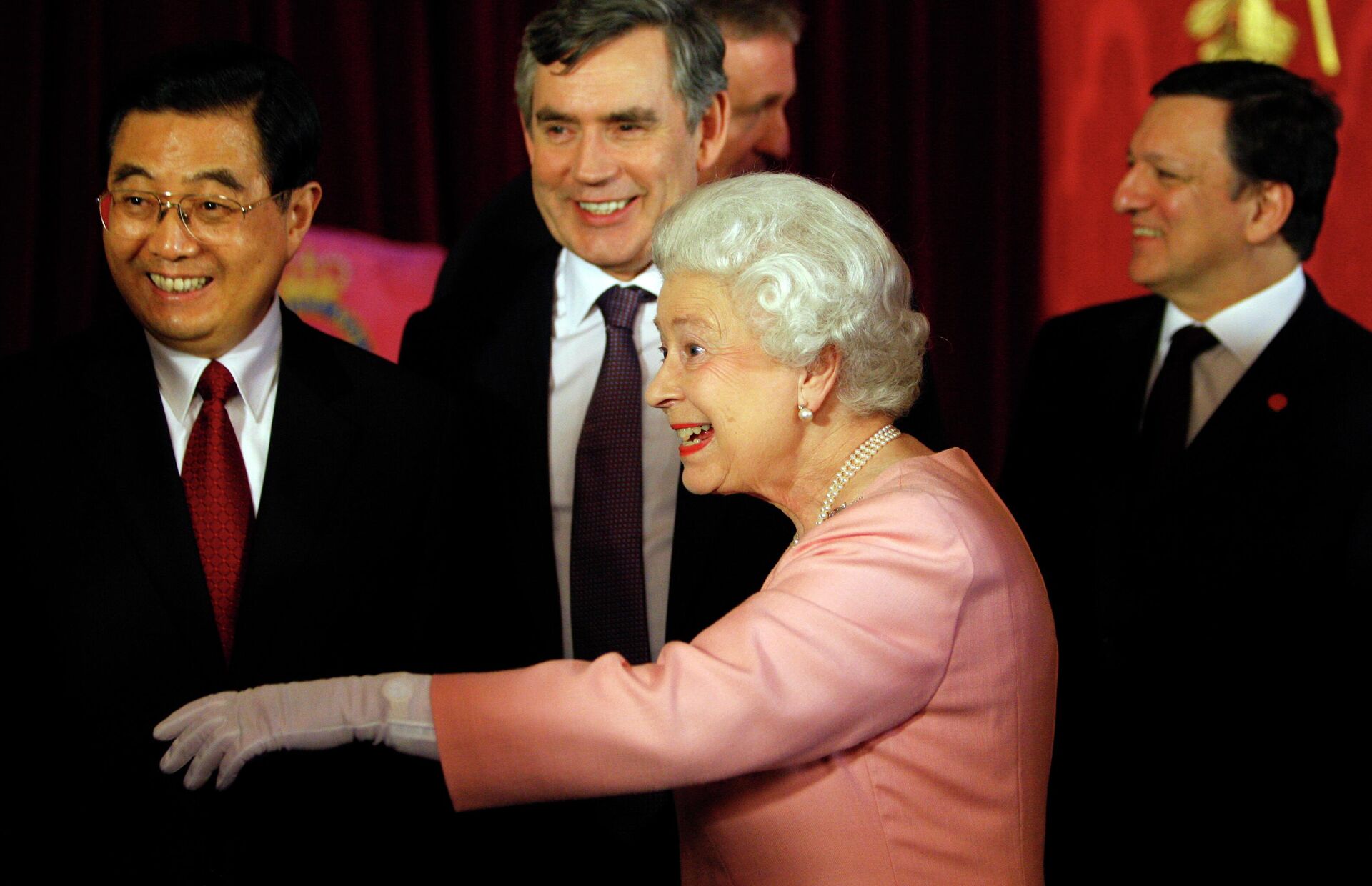
FILE - Britain's Queen Elizabeth II gestures in front of Britain's Prime Minister Gordon Brown, back center, after a group photograph of G20 leaders at Buckingham Palace in London, Wednesday, April 1, 2009. At left China's President Hu Jintao, at right in background, President of the European Commission, Jose Manuel Barroso. In seven decades on the throne, Queen Elizabeth II saw 15 British prime ministers come and go, from Winston Churchill to Margaret Thatcher to Boris Johnson to Liz Truss.
© AP Photo / Kirsty Wigglesworth
As Blair’s chancellor of the exchequer [finance minister] for ten years, he carried out the market-oriented moves that characterized the widely-panned “New Labour” movement – and he stuck to the script when the global recession played out under his tenure, largely mirroring the Obama administration’s response.
David Cameron (2010-2016)
Despite coming from the other major political party, David Cameron is also widely remembered as neoliberal prime minister who espoused social and economic liberalism. When he rose to the position of prime minister, he was the youngest to take the job in nearly two centuries.
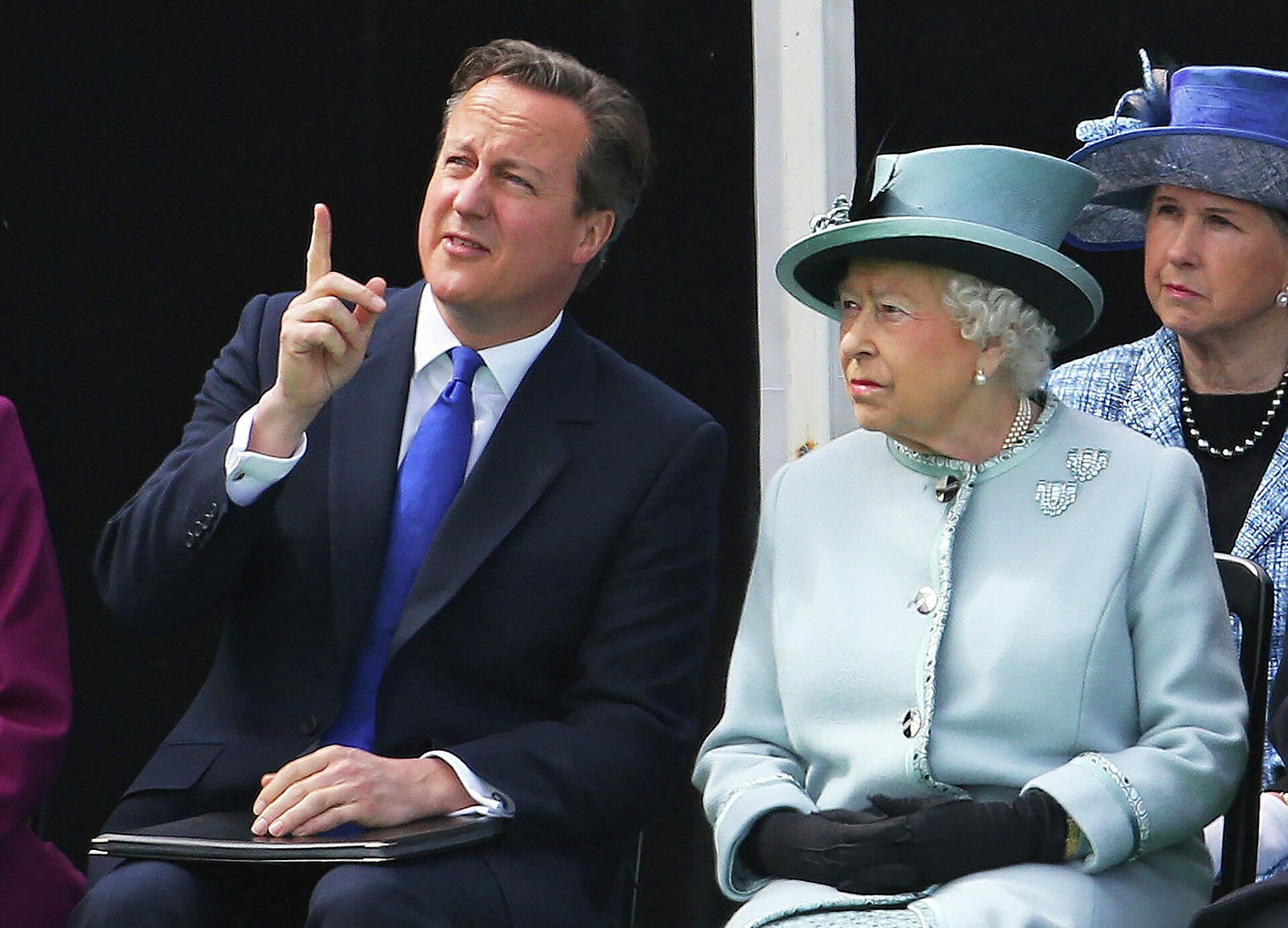
FILE - Seated near the Magna Carta memorial at Runnymede, England, are Prime Minister David Cameron, and Queen Elizabeth II, ahead of a commemoration ceremony Monday June 15, 2015, to celebrate the 800th anniversary of the groundbreaking accord called Magna Carta.
© Steve Parsons
Landing in hot water in 2014, Cameron told the BBC he felt “extremely sorry and embarrassed” after being caught on a hot mic describing the Queen coarsely and acknowledging her considerable political sway while talking with then-New York Mayor Michael Bloomberg about the failed Scottish independence referendum. At the time, Cameron was caught saying: “The definition of relief is being the prime minister of the United Kingdom and ringing the Queen and saying: ‘It’s alright, it’s OK.’ That was something. She purred down the line.”
Theresa May (2016-2019)
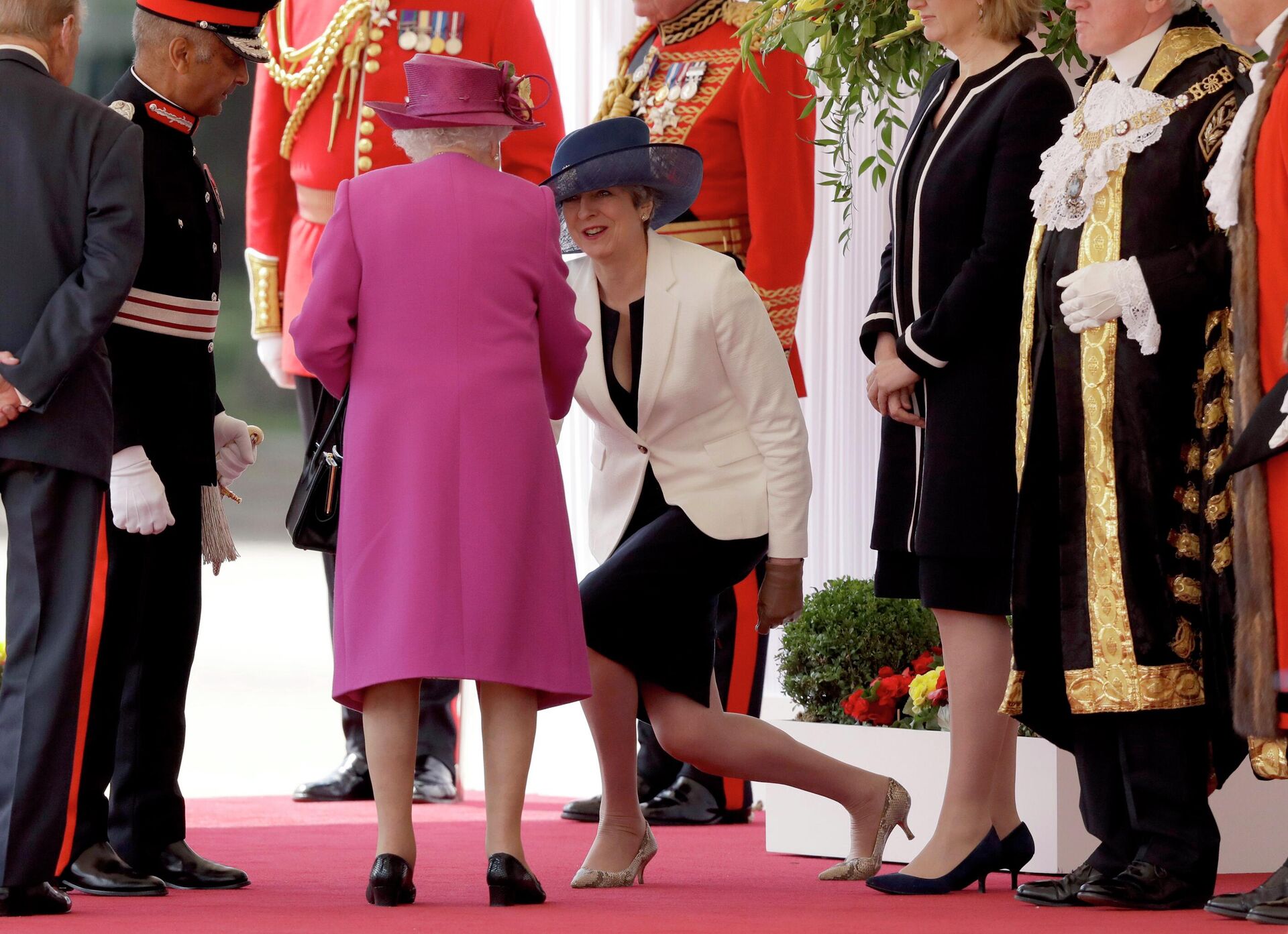
FILE - British Prime Minister Theresa May curtsies as Britain's Queen Elizabeth II arrives at a ceremonial welcome for Spain's King Felipe and Queen Letizia on Horse Guards Parade in London, Wednesday, July 12, 2017.
© AP Photo / Matt Dunham
The UK’s second female prime minister oversaw Brexit negotiations, which were described by both the opposition leader and a number of business owners as “disastrous.” When her proposed deal to leave the European Union in January of 2019 was presented, May's government was defeated in the House of Commons 202-432, marking the largest majority against a reigning government in UK history. Three of her subsequent proposed deals would also be voted down by Parliament, and she resigned in June 2019.
Boris Johnson (2019-2022)
Boris Johnson took the reins from Theresa May in 2019 following her resignation and his defeat of Jeremy Hunt for the Conservative Party leadership. Johnson's tenure as prime minister was plagued by scandal from the very beginning, starting with his request that the Queen shut down Parliament for five weeks amid Brexit negotiations. Johnson was later forced to apologize for “embarrassing” her after she duly complied.
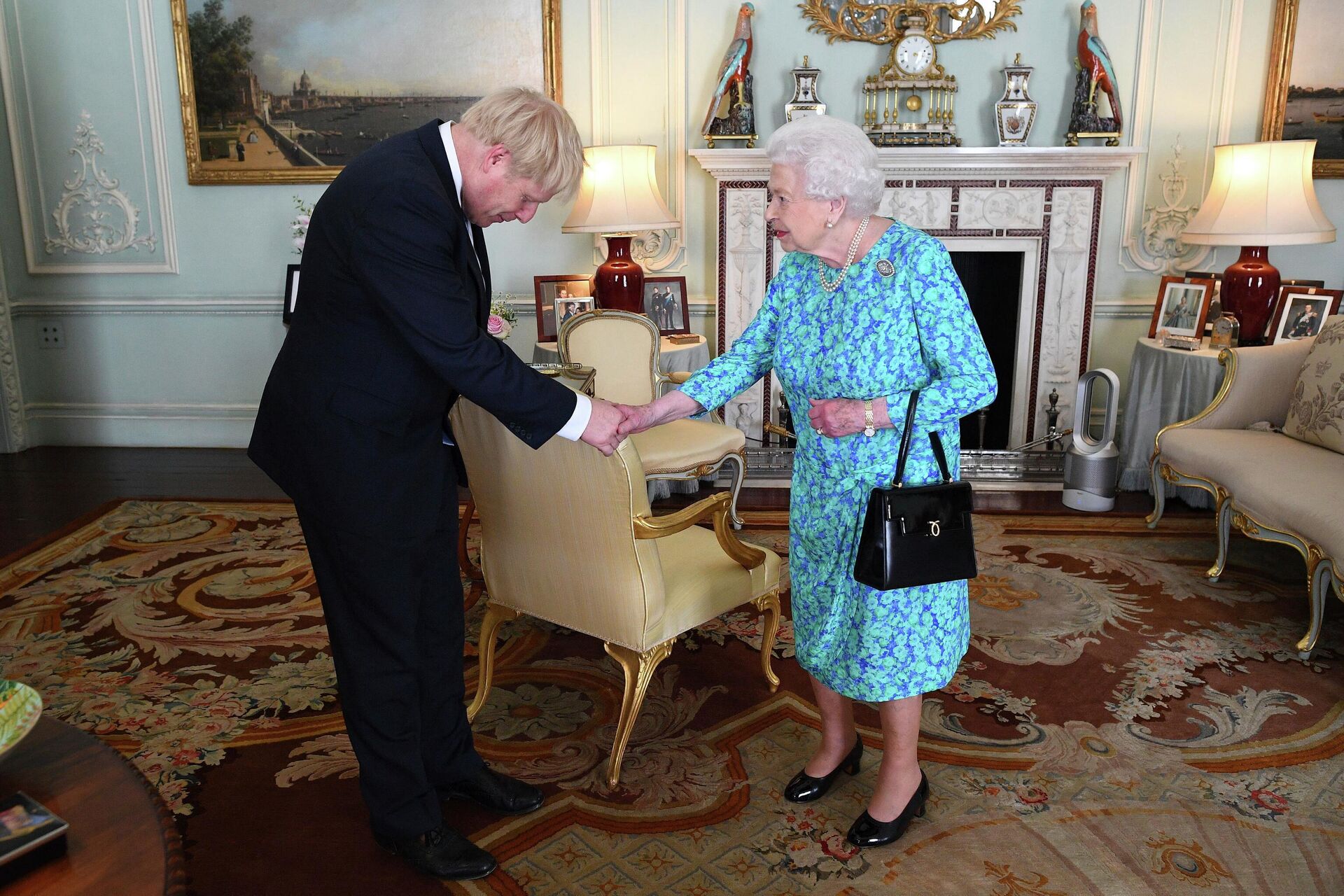
FILE - Britain's Queen Elizabeth II welcomes newly elected leader of the Conservative party Boris Johnson during an audience at Buckingham Palace, London, Wednesday July 24, 2019 where she invited him to become Prime Minister and form a new government
© AP Photo / Victoria Jones
His harsh COVID-19 policies later sparked outrage when it was revealed he’d secretly hosted a party at his office while criminalizing fellow Brits who’d done the same. At the time of his departure, his anti-Russian policies had led to working UK families suffering the worst leap in energy prices of any country in Western Europe, per the International Monetary Fund.
Liz Truss (Present)
Truss was voted into office just two days before Queen Elizabeth’s death, making her the last of the fifteen prime ministers to hold office during the monarch’s reign. In a speech marking her death Thursday evening, Truss described the Queen as “the rock on which modern Britain was built.”
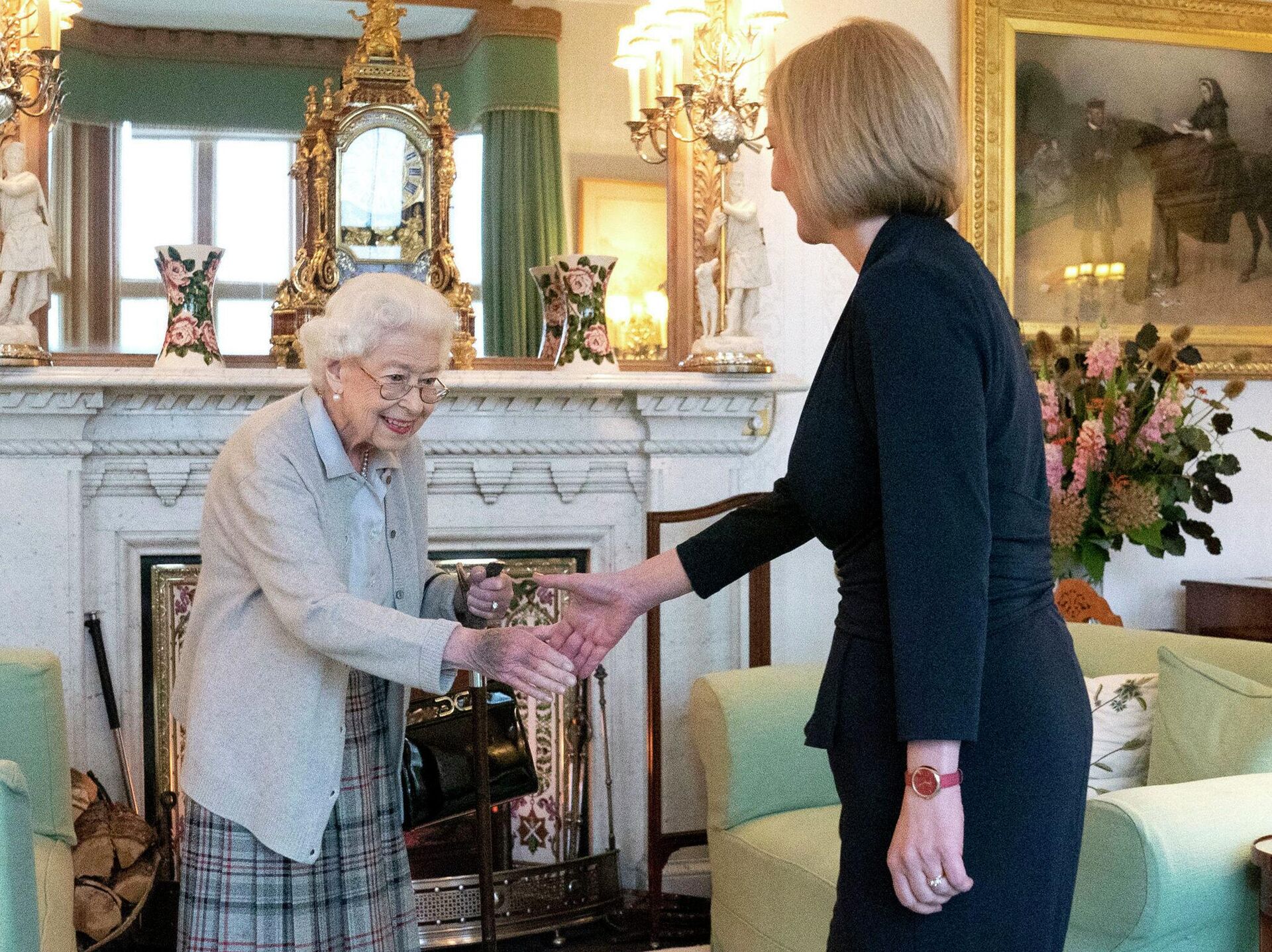
Queen Elizabeth II, left, welcomes Liz Truss during an audience at Balmoral, Scotland
© Jane Barlow
However, it seems she had a change of heart in recent years — in her days as a student at Leeds, Truss went as far as to tell a camera crew that the idea “that people, because of the family they’re born into, should be able to be the head of state of our country” is “disgraceful.”
In this clip from 1994, Leeds student Liz Truss tells ITV News the idea of the monarchy is 'disgraceful'.
— ITV News Calendar (@itvcalendar) September 6, 2022
Today she meets the queen to be appointed as the new PM. pic.twitter.com/FO9WaJRSbO

